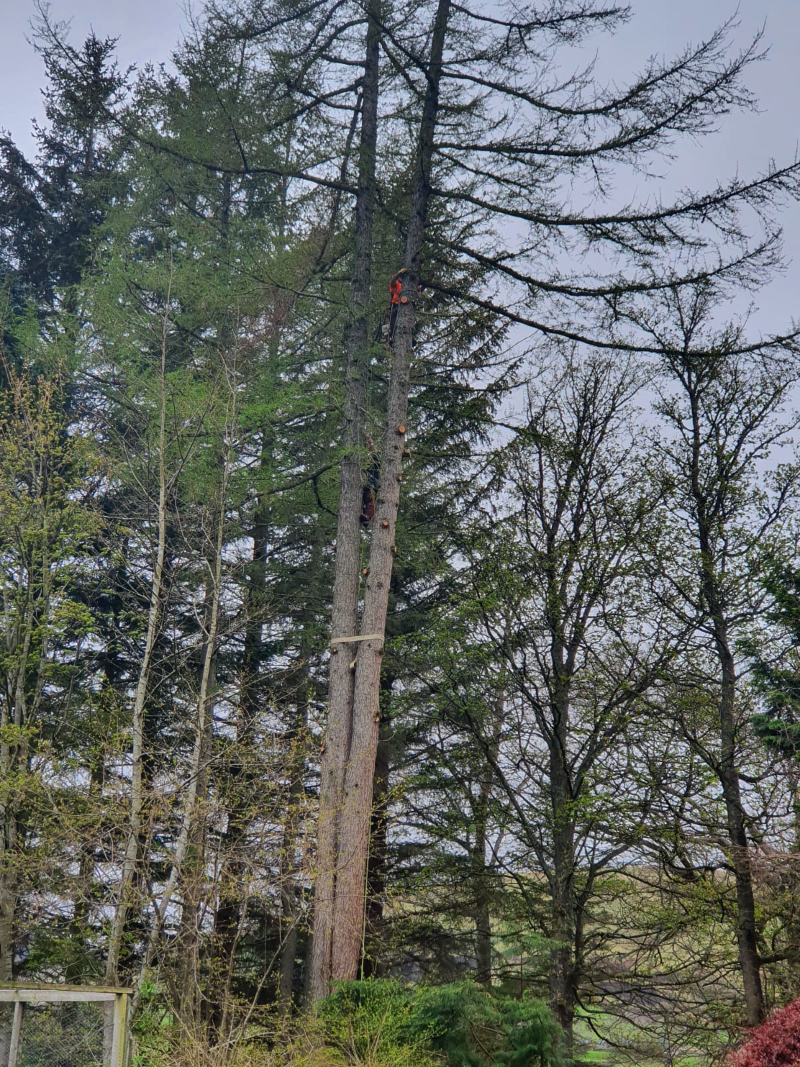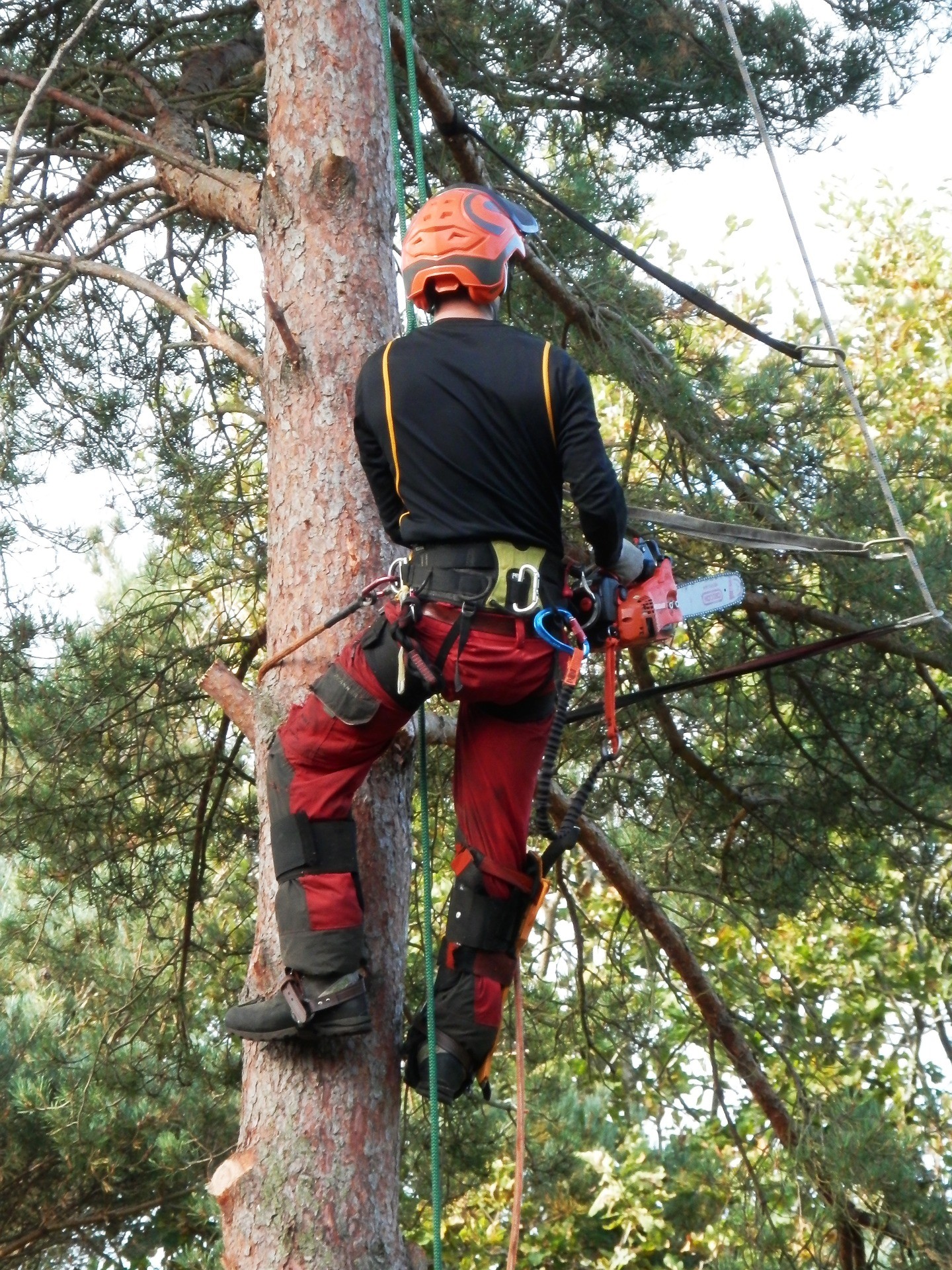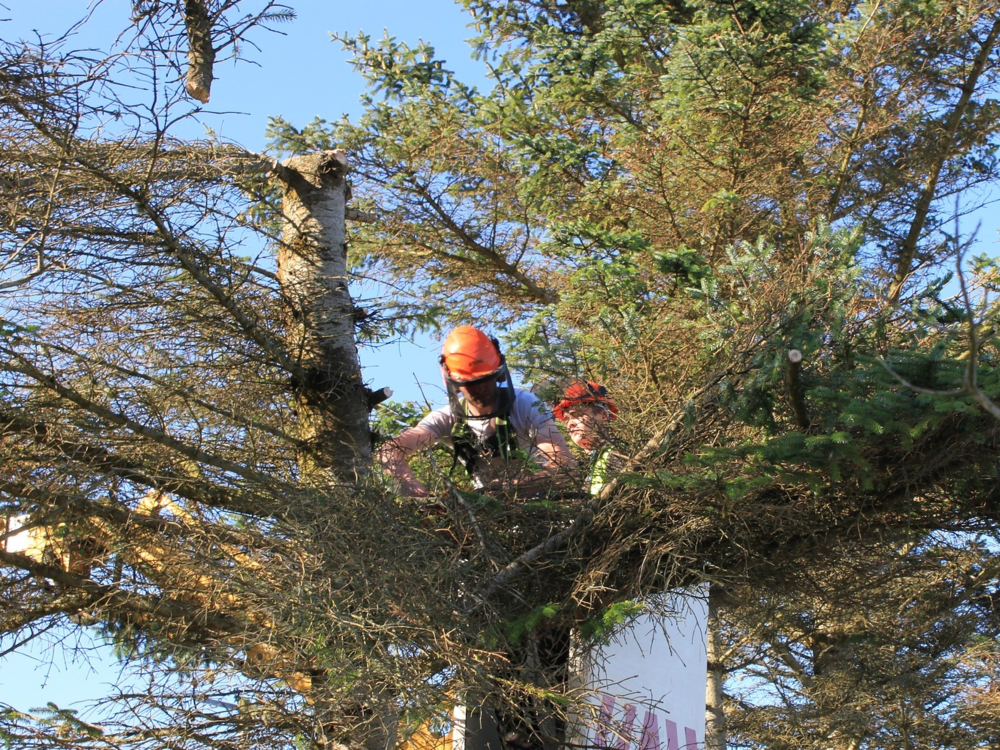Understanding the vital differences between emergency vs non-urgent tree removal. Our comprehensive guide offers essential tips to protect your property and ensure safety.
This article will teach you about the difference between removing a tree in an emergency and removing a tree when it can wait. It also covers how to look after your trees so you can lower the risk of urgent removals.
Understanding the Difference Between Emergency and Non-Urgent Tree Removal
Sometimes, we need to remove a tree. There are two main reasons why. One reason is an emergency, where the tree might fall soon. The other is less urgent, where the tree can wait to be removed. Understanding this difference is very important.
An emergency tree removal usually happens when the tree is at a high risk of causing harm. This might be because it is weak or diseased. It might also be growing too close to a home or power line. If it falls, it can cause damage to property or people. In these cases, removing the tree quickly can help keep everyone safe.
Non-urgent tree removal can happen when the tree is not a serious threat. It might still look healthy, but there could be reasons why it should go. Maybe it is blocking sunlight from your garden, or its roots are affecting a small part of your driveway. These problems might be bothersome, but they do not need immediate action.
When deciding whether a tree removal is an emergency or not, think about the level of danger it poses. Ask yourself: how likely is it to fall? If the risk is high, it may be an emergency. If the risk is small, you can plan for removal at a later time. Acting early can help prevent problems.
When Is Tree Removal Considered an Emergency?
Sometimes, a tree becomes so dangerous that it must be removed straight away. This is called an emergency tree removal.
Below are some situations that often make tree removal an urgent matter.
Storm Damage
Bad weather, like strong winds or heavy rain, can harm trees. Large branches might break off, or the whole tree could become weak at the roots.
When this happens, there is a high risk that the tree could fall and cause damage to property or hurt people. If you see deep cracks in the trunk or branches hanging loosely after a storm, it may be an emergency.
Serious Disease
Some diseases can spread quickly and weaken a tree. If the tree is infected, it might lose its leaves or have a rotting trunk.
A diseased tree is more likely to drop branches or collapse. This can be a big risk, especially if the tree is close to your home or a public path. An expert can check the tree and see if it needs to be removed right away.

Leaning or Unstable Trees
If a tree is leaning a lot, it could be at risk of falling soon. This is even more serious if the ground around the tree is cracked or if the roots are visible. When a tree looks like it might topple, you should call a professional for help. This is important if the tree is near buildings, roads, or areas where people walk.
When any of these problems appear, quick action is needed. Delaying removal can lead to bigger problems, like injuries or costly repairs. If you are unsure about the tree’s condition, it is best to ask a trained person to look at it.
They can tell if the tree is safe or if it needs to be removed straight away. By acting fast, you can reduce the risk of damage and keep everyone around you safe. Remember, keeping an eye on your trees can help you spot these issues early.
Non-Urgent Tree Removal: When Can It Wait?
Non-urgent tree removal means you do not have to act straight away. Sometimes, a tree may not be posing an immediate danger to your property or anyone around. If the tree is healthy, but you want more space or sunlight, you can plan its removal when it suits you. This way, you can take your time to find the right help and budget for the work.
When a tree is not at risk of falling or causing damage, it is usually safe to wait. You might decide to remove the tree because you want to change your garden’s design. Perhaps you want to plant different trees or make space for a new shed. In such cases, there is no rush to cut down the tree right away.
Even if the tree is large, as long as it is not showing signs of disease or leaning badly, you can wait until a convenient time. However, you should still keep an eye on the tree’s health. Check for cracks in the trunk, dead branches, or fungus growing at the base. These might be early signs of trouble, and you would need to act sooner if things get worse.
Planning non-urgent removal carefully can help you save money and avoid problems later on. Taking your time ensures a safer and more thoughtful process.

Cost Differences Between Emergency and Planned Tree Removal
Emergency tree removal often costs more than planned tree removal. This is because an urgent job might happen at unusual times, like late at night or during a storm. The team removing the tree may need special equipment and must act quickly to prevent damage to property or protect people. These extra steps can increase the total price.
On the other hand, planned tree removal can be scheduled when it is convenient. You have time to compare quotes from different services and pick the best option. The work can be done in daylight, with fewer risks and less rush. Because there is no immediate danger, the cost is usually lower.
Another factor that affects price is the size and condition of the tree. Big trees or trees that are close to buildings can be harder to remove. If the tree is diseased or leaning, it may require extra care or special tools. Even with a planned removal, these added tasks can raise the cost. However, being able to plan ahead helps you manage these expenses better.
Overall, knowing whether your tree removal is urgent or not can save you money. By checking your trees for problems early each year, you might avoid the higher costs of an emergency job. This way, you can protect both your property and your wallet.
Preventative Maintenance to Avoid Emergency Tree Removal
Taking care of your trees helps them stay strong and healthy. By doing some simple checks and upkeep, you can lower the risk of having to remove a tree in an emergency. Here are a few ways to look after your trees and avoid sudden problems.
Regular Inspections
Try to inspect your trees at least once or twice a year. Look for signs of damage or disease, such as cracked bark, dead branches, or fungus growing near the roots. If you notice these signs early, you can often fix small issues before they become big risks. You might even save the tree from needing removal later.
Proper Pruning
Pruning means cutting away dead or overgrown branches. By doing this, you help the tree grow in a healthy shape. It also removes weak branches that might break off during storms. If you are not sure how to prune, ask an expert for advice. Pruning at the right time of year can protect the tree and keep it safe for everyone around.
Healthy Soil and Watering
Trees need good soil, the right amount of water, and enough space for their roots to grow. If the soil is too dry or too wet, the tree can become weak and more likely to fall. Make sure water can drain properly, and try to water your trees during hot, dry periods. If you are planting a new tree, pick a spot where its roots have room to spread without hitting walls or pipes.
By following these steps, you can keep your trees in good shape and reduce the chance of serious damage. Healthy trees are less likely to become a risk to your property or the people around you. If you ever feel unsure about a tree’s health, contact a trained professional for help. Caring for your trees now can save you time and money later on, and keep your home and garden very safe.
Are you looking for expert tree removal services in Aberdeenshire? We safely remove trees of all sizes across Dundee, Forfar, Angus, and surrounding areas. Call 01575 574 157 today to discuss your needs.


